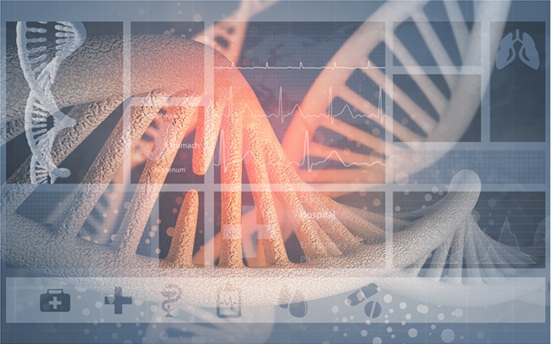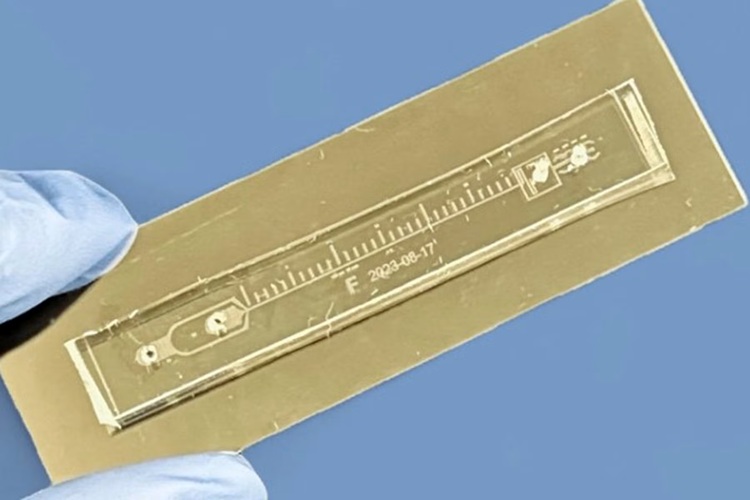New Gene Tool to Enable Earlier Detection and Treatment of Cardiometabolic Diseases
Posted on 17 Jul 2025
Cardiometabolic diseases, which affect the heart, blood vessels, and the body's ability to process food and generate energy, are difficult to diagnose early due to the complex genetic changes that contribute to them. Identifying which genes are responsible for these diseases can be challenging, as genetic changes may overlap or be indirect, affecting genes in ways that are not immediately obvious. Traditional genome-wide association studies (GWAS) have limitations, often unable to precisely pinpoint which genes or changes are directly causing diseases. The complexity of genetic interactions makes it hard to detect and treat these diseases early. Now, researchers have developed a new approach to improve the accuracy of identifying genes responsible for cardiometabolic diseases, which could allow for earlier detection and treatment.
This new method was developed by a team at Case Western Reserve University (Cleveland, OH, USA) who created a computational tool called TGVIS (Tissue-Gene pairs, direct causal Variants, and Infinitesimal Effects Selector). The tool combines data from existing GWAS with additional biological information, such as how the body uses DNA to produce proteins and other molecules essential for function. This allows the tool to identify genes and genetic changes linked to diseases more accurately. For their study, the team focused on 45 traits related to the heart and metabolism, using genomic data from 31 different tissue types. The tool helped the researchers uncover previously overlooked genes, offering a more precise method to pinpoint genetic causes of cardiometabolic diseases.

The findings, published in Nature Communications, show that the method proved effective in improving the accuracy of gene identification for cardiometabolic traits, and it revealed new genes that had been missed by previous studies. This tool not only holds promise for enhancing research into heart and metabolism-related diseases but also has broader potential for application in studying other diseases, including breast cancer, Alzheimer’s disease, and cardiovascular diseases. The next steps will involve applying the TGVIS tool to further research in these areas and refining the method to make the identification process more efficient and focused.
“We have been able to identify new genes that were previously overlooked, expanding our knowledge of genetic basis of diseases,” said lead researcher Xiaofeng Zhu. “We used TGVIS to study 45 traits related to heart and metabolism, using genomic data from 31 different types of body tissues. This helped us better identify which genes are likely causing these traits. We even found new genes that previous studies missed.”















